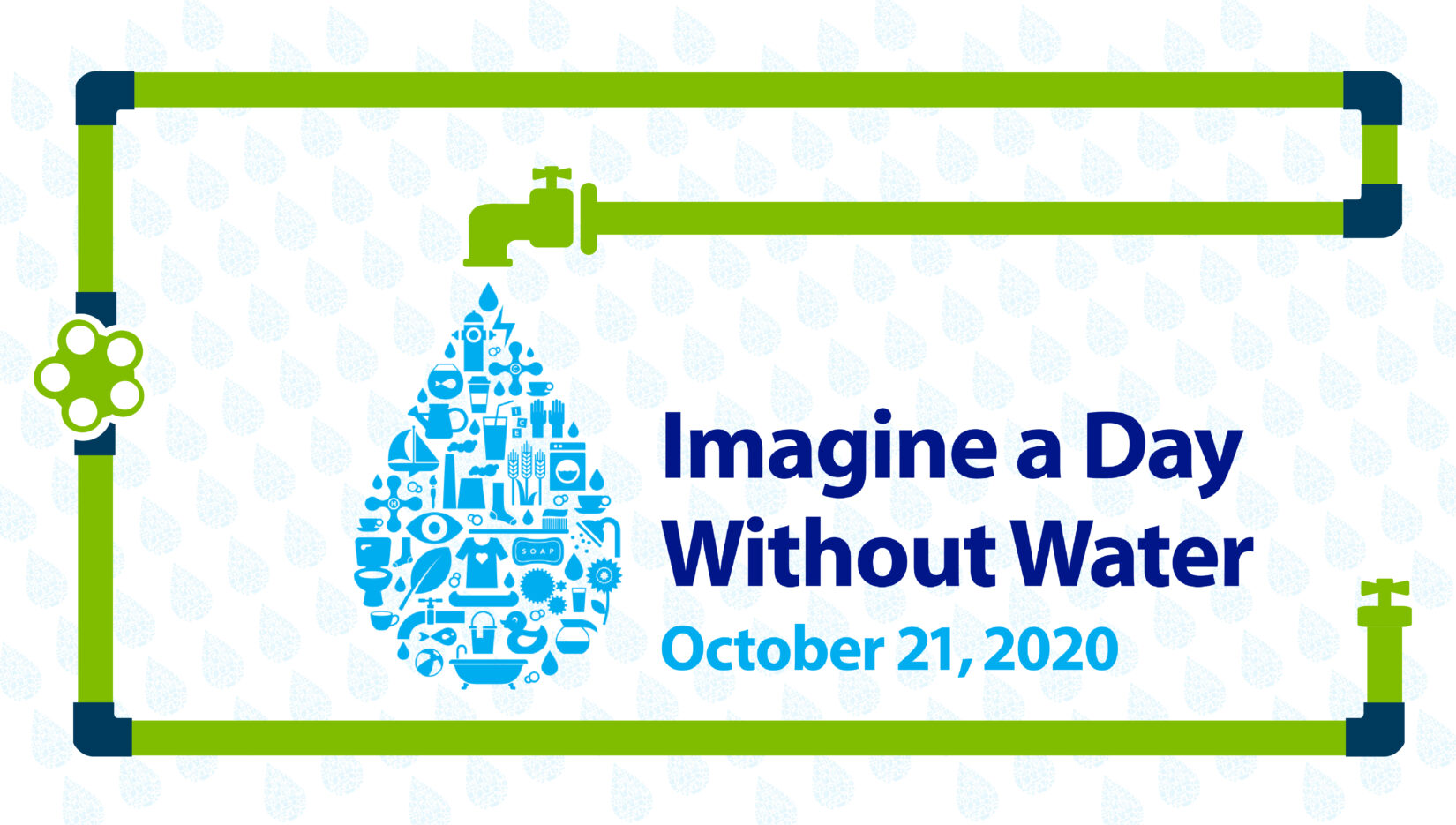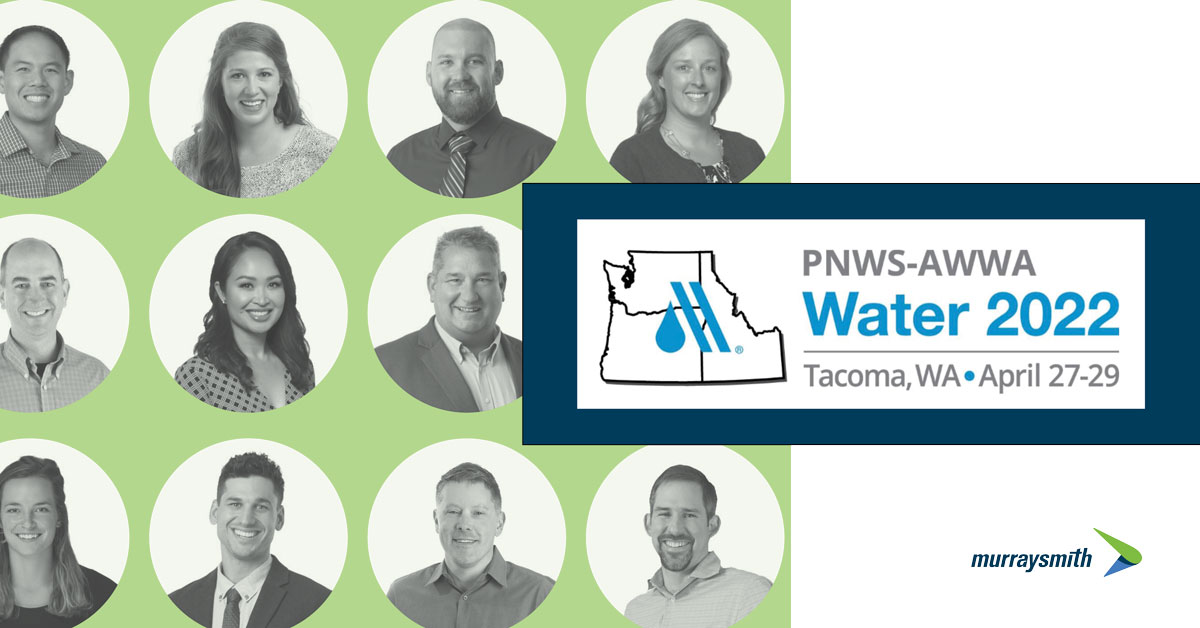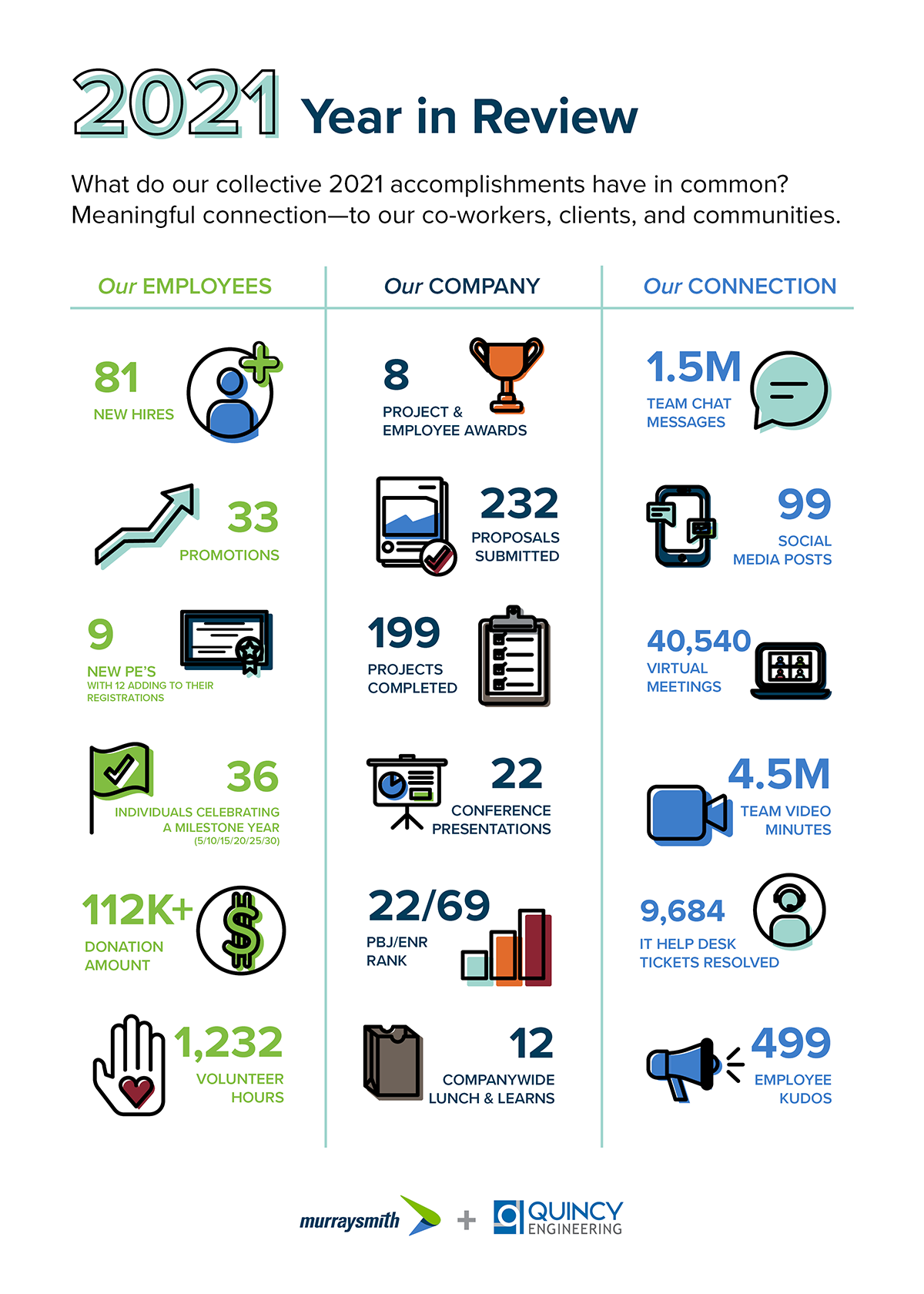At this year's Pacific Northwest Section-American Water Works Association Conference—the Northwest's largest conference and trade…

Imagine a Day Without Water
When you have reliable access to water, it is easy to forget about all the infrastructure that makes it possible! But today, October 21, is the sixth annual Imagine a Day Without Water—a day in which we take a mindful moment to remember the value of this precious resource and all that makes it possible. This year, we feel especially grateful for safe and dependable water as it helps us tackle public health and safety risks posed around the world by the pandemic, and to our region by wildfires.
Planning, designing, and constructing our water systems is a community effort, bringing together local leaders, engineers, contractors, and residents to create water system infrastructure that benefits everyone. So, what’s happening behind the scenes every day that keeps it all flowing?
Planning
It all starts with a good plan! Water supply planning is a collaborative process involving local governments, public utilities, and the community to help identify future water needs over a 20-year horizon. It involves development of projects and programs needed to maintain a sustainable water supply, considering factors like future population growth, the remaining lifespan of existing water facilities, and even the impacts of climate change on infrastructure.
As one example, our planning team is working with GSI and the City of Spokane, Washington, to evaluate the efficiency, redundancy, and resiliency of their existing and proposed water supply. In Oregon, we’re also helping to update the City of Tigard’s water system master plan, looking for creative ways to increase their drinking water storage volume and strengthen their emergency water supply capabilities. When completed, these system plans are available to the public—so if you’re curious, visit your water provider’s website to learn more about your supply!
Treatment
Whether your water comes from a distant river or a nearby well, it needs to be treated before you drink it. Water treatment facilities treat our water to remove impurities and disinfect it with chlorine. This allows us to maintain a high quality of the water as it is stored and distributed to the community. For an urban community in Idaho, we’re in the detailed design phase of the Taggert Well Head Treatment Facility to remove contaminants such as iron and manganese, which can give water an unpleasant taste, odor, and color.
Storage
Drinking water storage reservoirs are critical to providing safe, reliable drinking water to our homes and businesses. They supply water for our everyday uses, store excess if no newly treated water may be available for several days, and provide critical water for fighting fires. By storing water at appropriate elevations, they provide good water pressure and a buffer between how fast treated water is produced versus how quickly it is used. Reservoirs also continue to work without power so that faucets, toilets, and fire hydrants can still be used while the power grid is being restored.
Speaking of emergencies—did you know that modern prestressed concrete reservoirs are designed to withstand the Cascadia earthquake? These reservoirs are wrapped with miles of steel cable to prevent and seal cracks. The City of Beaverton’s Cooper Mountain Reservoir No. 2, currently in construction, will be wrapped with 27.5 miles of wire and will store 5.5 million gallons of water. How cool is that?
Distribution
You may not see them, but under your city streets are miles and miles of water distribution piping. These pipes bring stored water to your tap and to those fire hydrants in your neighborhood. Public utilities are constantly replacing their old pipes, looking for ways to improve pressure at your house and to withstand potential damage that may occur with large earthquakes. As an example, we are currently working with the City of Bellevue to install a new pipeline along a major road—the 5,000-foot-long section of pipe is designed to resist damage from earthquakes and provide water to residents, businesses, and a local hospital.
And that’s just half of the equation! Once water goes down the drain, a complex system of wastewater infrastructure carries it off to be treated and returned to the environment so the whole cycle can begin again.
As civil engineers, we have water infrastructure on the brain every day—from strategizing systems to developing storage, treatment, and distribution solutions—and we take immense pride in the part we play to facilitate the flow of this necessity.




